Danish import Speak No Evil was one of the standouts at this year’s Sundance Film Festival — anyone who saw it then is likely still traumatized by it. Elegant filmmaking propels its story of two families who meet on vacation, hit it off, and decide to visit again… with decidedly less pleasant results. With Speak No Evil arriving in theatres and on Shudder this month, Gizmodo got a chance to speak with director Christian Tafdrup about his excellent but uniquely agonizing movie.
Note: this interview was conducted over video chat and has been slightly edited for clarity. (There’s also a spoiler warning near the end just before the film’s last act is discussed.)
Cheryl Eddy, Gizmodo: I saw Speak No Evil at Sundance and then I rewatched it ahead of talking to you. And I have to say, the rewatch was even more uncomfortable than the first time. Was it your intention to make a movie that people might only be able to see once?
Christian Tafdrup: No, but it’s funny because I think most films we only watch once. A lot of Danish critics wrote, “I love the film, but I don’t want to watch it again.” And I mean, it’s not like I watched The Godfather many times; there’s a lot of movies I only watched once. So I was not thinking so much about that. But a lot of people have said that: “I will only watch it once,” or “I love the film, but I will not recommend it to anybody.” That’s how the Danish critics went — they loved it, but they kind of made it that angle on it. So we didn’t think so much about that, but we did agree that we wanted to make not just a disturbing film, but the most disturbing film in Denmark’s film history ever. That was our promise to each other, me and the other screenwriter [Mads Tafdrup], from the beginning.
Of course, it was because we wanted to give ourselves a challenge. And then also because I think we don’t have that many disturbing films in Denmark besides [those] of Lars von Trier. So I thought it would be suitable if Danish cinema had some more disturbing films. And I like when films are disturbing, but I was also feeling a little stupid in the beginning when I said it, because what if the film could not live up to that? Then it would be very embarrassing. So I’m kind of happy that people find it very disturbing and that I know so many people who don’t dare go see it. Some people are really afraid of horror films — in a way I understand it; in another way, I don’t, because it’s not that bad. I mean, there are not any jump scares or supernatural creepy, you know, aliens [in Speak No Evil]. The disturbing things are in the relations between people. And it’s in a very, I think, intimate way and recognisable way — maybe it’s that they are the real horror, [which is] something I find very interesting.
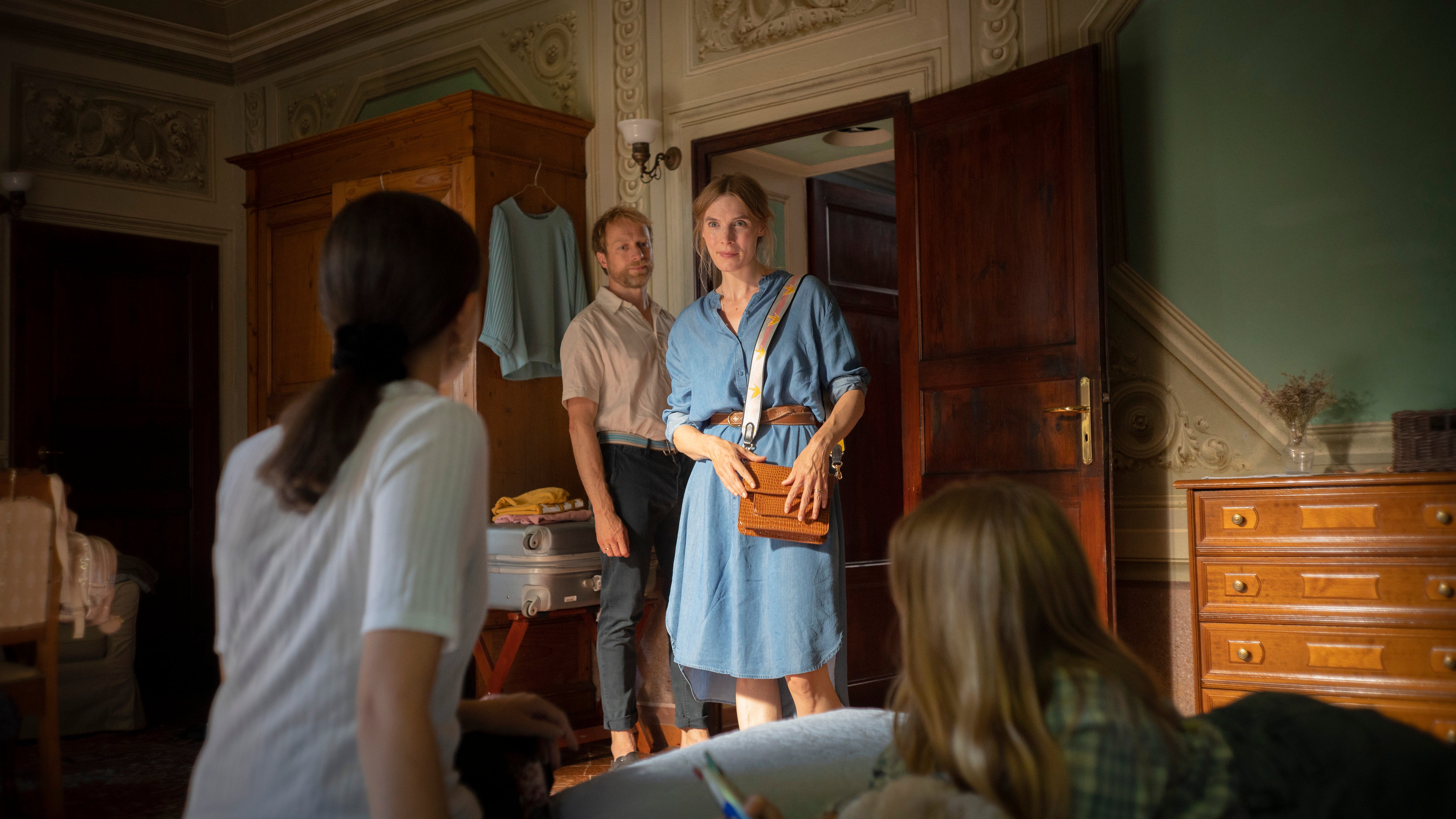
io9: I was going to ask you about that. The characters are all recognisable people who feel real, for better and worse. Did you draw any inspiration from real life or real situations?
Tafdrup: Yeah. More than I even [realise] myself, I build a lot on personal stuff. I’ve had travels like [the characters in Speak No Evil] where I’ve met people on holidays, socialised with them, and then saw them again and had, you know, another experience. I thought that situation was almost like a comedy, but I wanted to take it to a darker place. And then, becoming a father and having a family — there’s a lot of small situations in the film that I was aware of from my own life. When you write and you’re interested in storytelling, you live your life, but you also see it from the outside all the time. If I find something I do myself or a situation that is funny, I write it down. And then years later, it’s in the film.
So in many ways it was built on my own experiences and then of course, added a lot of imagination to make it into a film. From the beginning I wanted to work with characters that were very ordinary, having normal lives. What does that look like when you meet something that is disturbing? I mean, we live safe lives here in Denmark and probably most of the Western world. We’ve got a lot of privilege; I’m not used to violence every day or war or anything. So how would normal people react when somebody wants to do bad things to them? I really looked into myself and said, “Maybe first of all, I would try to be friendly or smile or talk my way out of it because I don’t know how to fight.” And that’s a good thing, because it’s a very human thing to expect the best out of people. But if some people sometimes don’t want to do good things to you, do you have the tools to to fight back, or do you even have the tools to recognise evilness?
I thought that was a very, very scary and interesting take on a horror film and something that I can relate to in a modern world. It was a way to, all the time, start with what is ordinary, what is normal, what is recognisable, and then combine it with something that was more [horrific]. So that is maybe what I discovered doing it, that it’s in a way a very realistic horror movie.
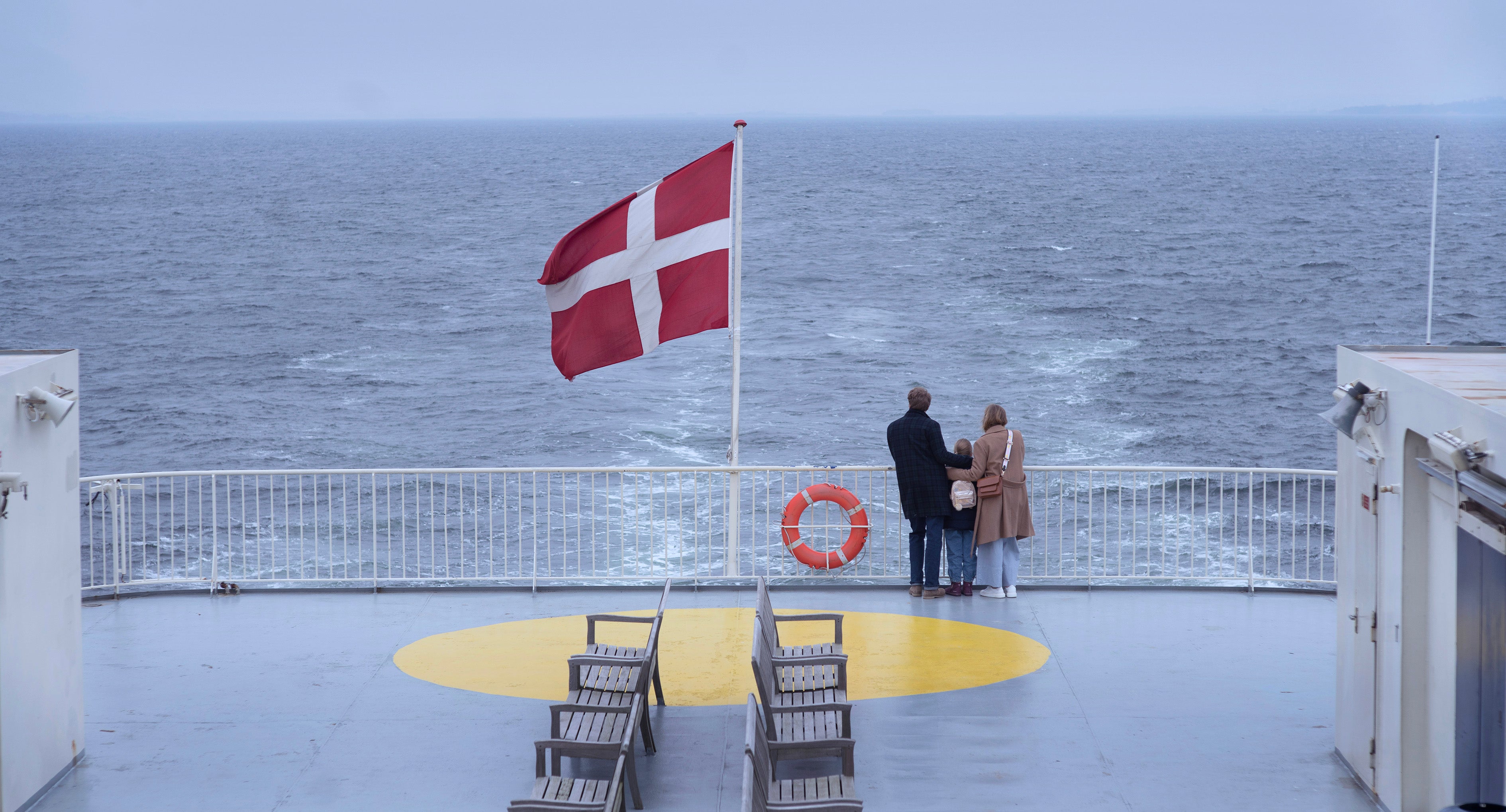
io9: Yeah. I can’t say I’ve ever seen a movie that taps so precisely into the horrors of, like, boundary-pushing and micro-aggressions. Did you know from the beginning that something you were going to lean into?
Tafdrup: Some of the first themes that came to my mind [came about because of] how many bad situations I’ve been in in my life — I mean, not really, really bad, but bad. Out of being polite, I wanted to please other people, and I just sacrificed how I really felt; I was taking care of my social behaviour more than my gut instinct. Pretending [became] more important than my primitive human nature and what all these [red flags] were saying to me. All these things we do because we want to be [nice to other people] is something I think is very human, and very good in many ways. But it also has some problems because you let other people push your boundaries and even though your gut feeling tells you it’s wrong, you kind of ignore that. You turn a blind eye to it. Also, it’s very awkward to speak up. You don’t want conflict. Not everyone is like that, but I know far more that are like that — they want to ignore when something bad happens.
That was [one of the core] themes: how we can stretch that “want to keep up the good atmosphere and not speak up” for a long time? In the movie, we have a couple that’s being tested right from the beginning and it gets worse and worse and worse. But I think the thing that was difficult to work with — but also what I think succeeds in many ways — is the balance in the situations where you’re always doubting: “am I just misunderstanding this?” You can always turn it inside yourself and say, “Oh, it might be me, I’m also a little bit sensitive and I’m a guest so maybe [I should just forget it].” If you excuse that all the time, it can lead to some fatal conclusions. We worked a lot with that throughout the film, the balance of the ways they’re being tested and what their reactions were.
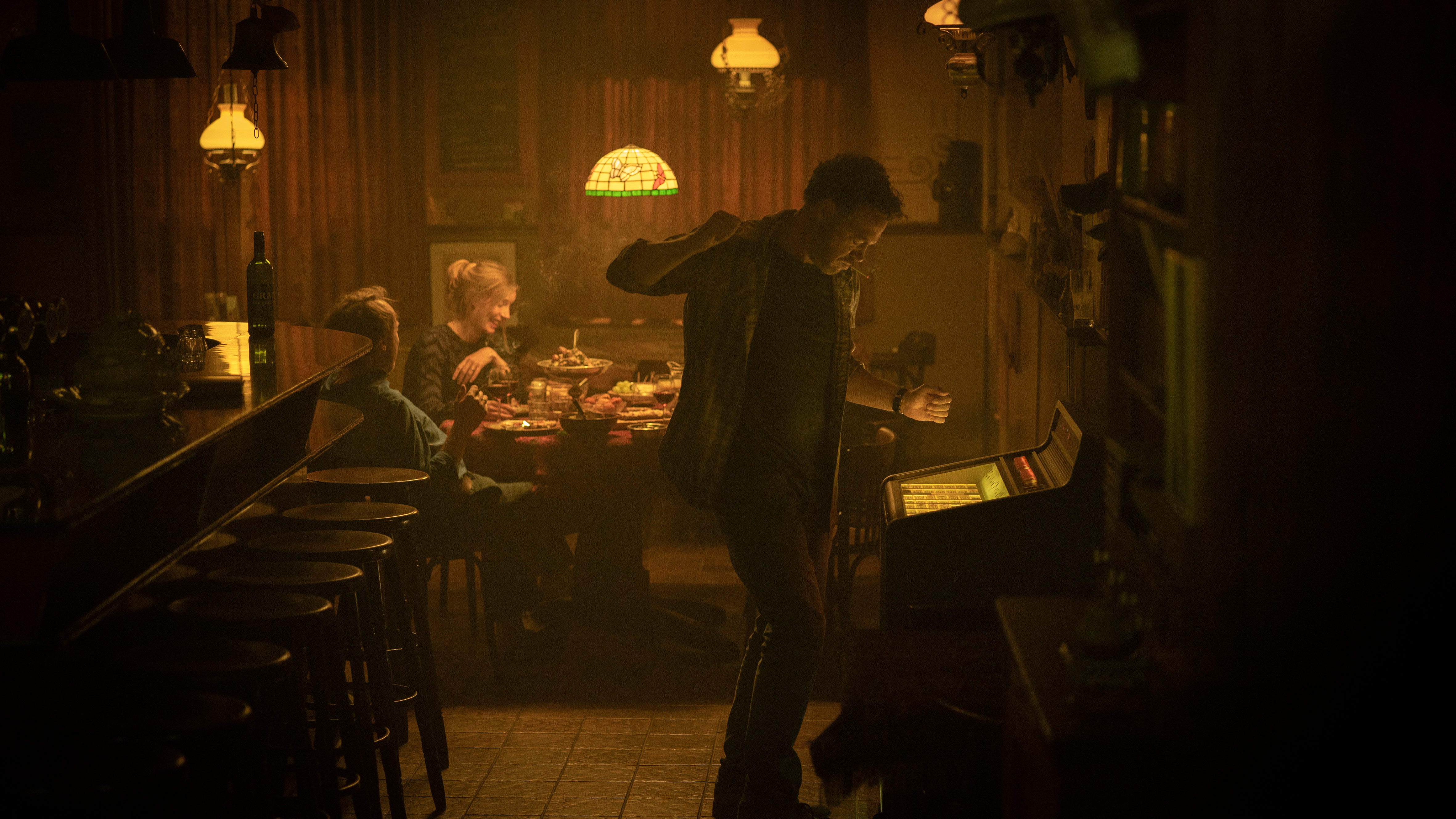
io9: The characters may not realise they’re getting into something dangerous, but the audience definitely has a clue from the very beginning. One of those ways you telegraph that is through the score. What was your roadmap when it came to designing the soundscape of the movie?
Tafdrup: I remember we tried out many things and we were also doubting for a long time — is this a horror film or not? But I kept coming back to, “I want to make a horror film.” And then we used some of the horror conventions or clichés that we liked; one of them was, of course, music. And we had a problem with the film, to be honest, in that — I mean, it’s not that scary for a long time. We started out with having another score just for fun, that was more romantic and trying not to tell people that something bad will happen, and then people could not code what kind of movie it is. They thought it was like, Call Me By Your Name 2, or some romantic drama with two men falling in love, because the music told you that.
But then we discovered that some horror movies have very, very nice scenes but the music tells you something else. If you think of the beginning of The Shining, for instance: it’s a beautiful shot, but the music tells you this is going wrong. And I was very inspired by that — the music is almost like a destiny for these people. [Neither the family nor the audience] knows that it’s going to be bad, but it’s an invitation to say, “We are going to a bad place together.” I like to play it out like that, to go against the images. With the composer [Sune Kølster], we talked about “Let’s make it large. Let’s agree that it’s like an opera, because it should not only understate the feelings of the characters, it should be almost like a character itself.” We wanted to make the film elevated and have a lot of symbolism and a lot of darkness to it. So we took some chances there on making the score really big, and some people really like that and some really think it’s not good. But I ended up really enjoying that we made that decision.
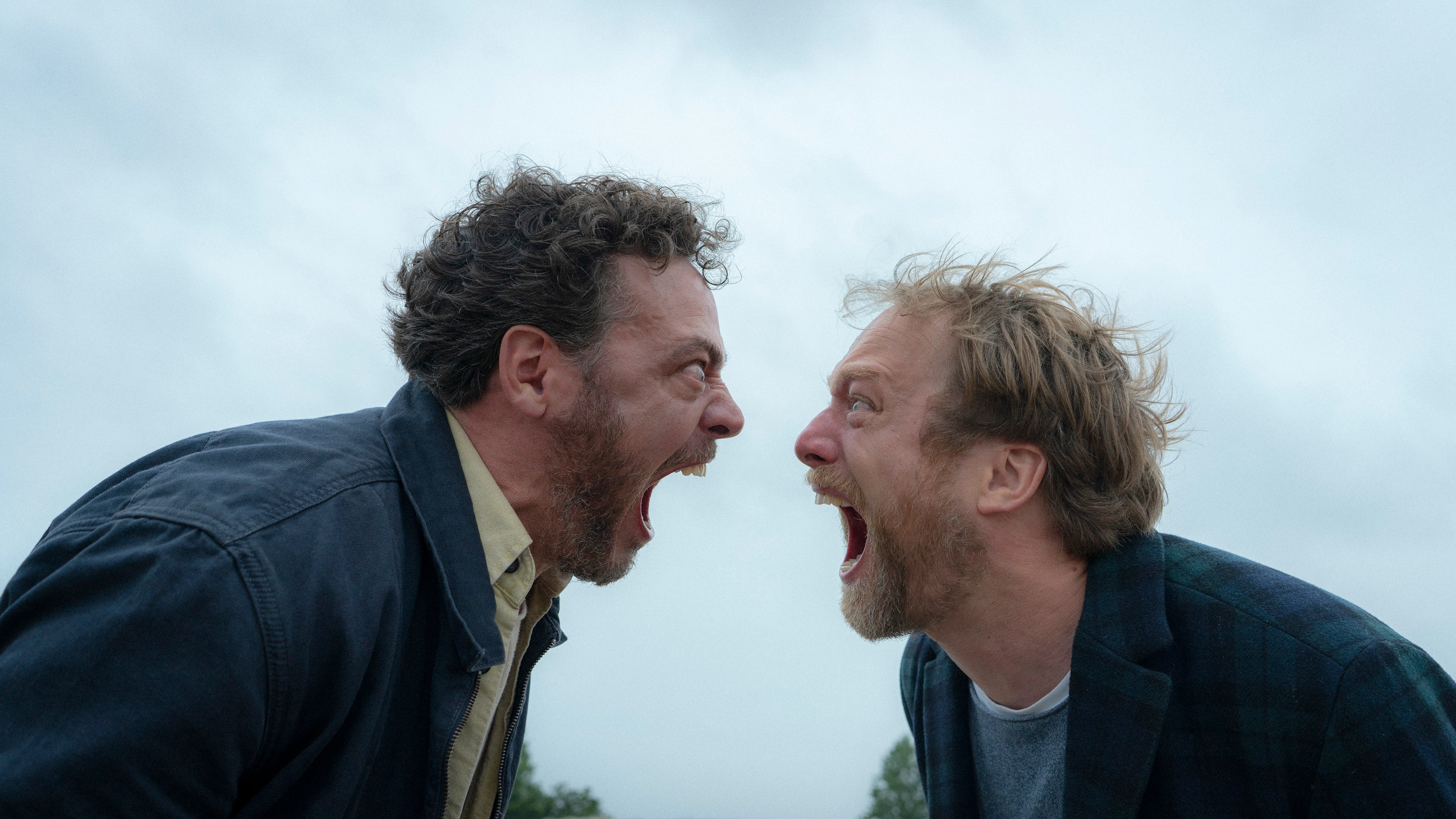
io9: You mentioned the relationship between the two men, which to me is the most fascinating one in the movie. How would you characterise that relationship between Bjørn (Morten Burian) and Patrick (Fedja van Huêt) — and what is it about Patrick that you think Bjørn really latches onto even when he knows he shouldn’t?
Tafdrup: We talked a lot about that, that Patrick should almost be the dark side of Bjørn — something he longs to be, but something he’s not capable of any more. What the film is really about, for me, is people that are suppressing darkness. Bjørn is a man who lives a very safe, nice life, but he’s not in contact any more with his basic human nature … and if you do that too long, if you’re not more in contact with your own dark side, you kind of long for that. I think he gets very attracted to Patrick who is more primitive, more typically masculine, more in contact with whatever he feels. He can be charming and then he can lie and then he can be nice and then he can be scary. Bjørn is longing to meet somebody who is like that, because that’s what he misses in himself … if we cannot admit that we are human beings with good and bad thoughts and feelings and all that, then I think you can go to a very dangerous place like Bjørn does, and fall for somebody that’s too much, you know? That’s what the relationship between them is like: Patrick is the dark side of that modern guy who’s too dictated by behaving nicely and doing the right thing all the time.
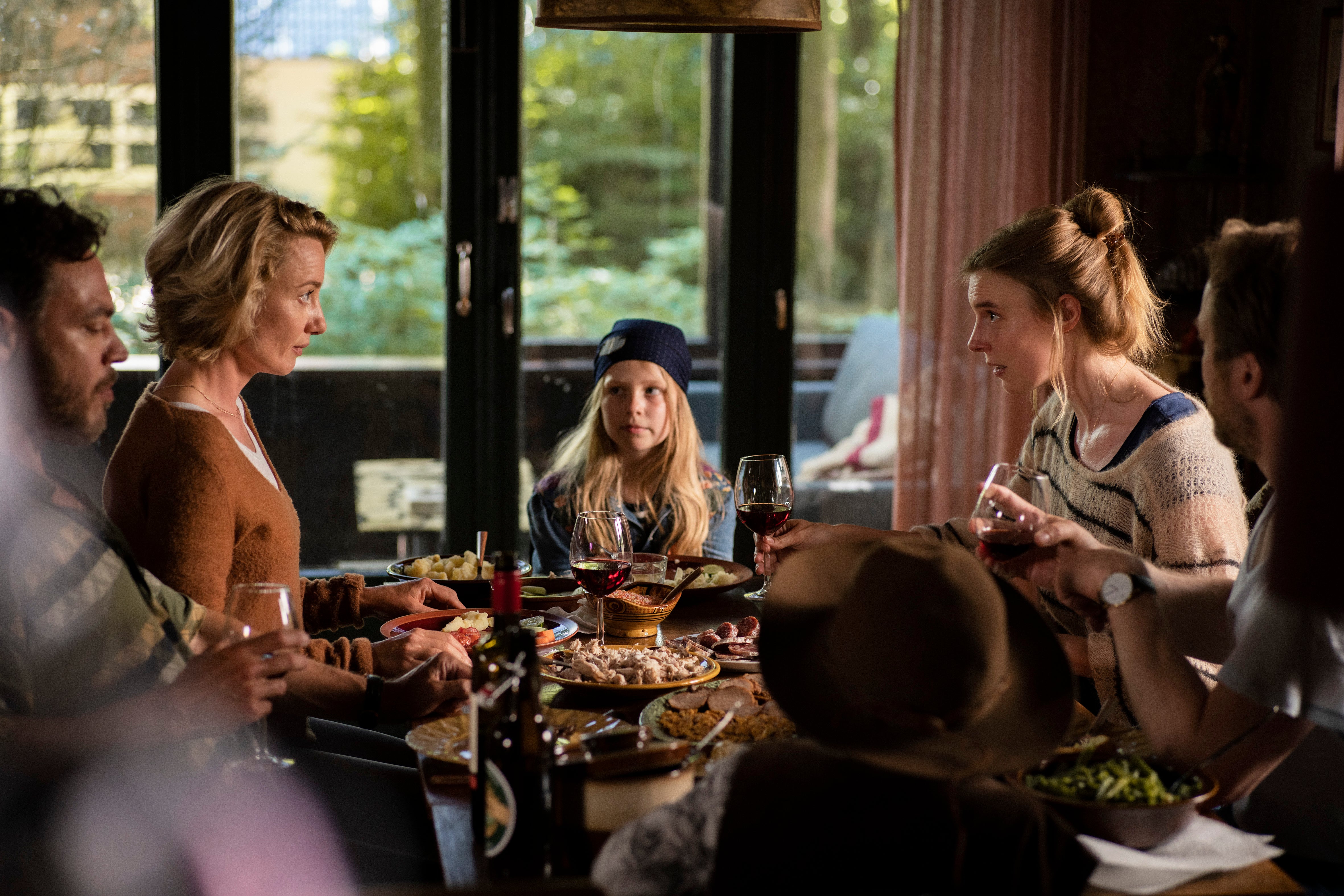

io9: At one point, early on, one of the characters jokingly asks the rhetorical question, “What’s the worst that can happen?” And then the movie basically shows you exactly the very worst that could happen. Were there any taboos that you shied away from when you were writing? Was the movie ever more extreme?
Tafdrup: We had a third act, an ending, until a week before shooting where the plot was a little bit different — the execution in the end was an execution of a lot of people. There were 30 people, because there were also all these other houses who had guests. So it was more like a sect, like a big plot, and everybody was executed in different ways. [But we would have] needed 50 extras and it just became too crazy — and I had some trouble explaining that ending. So we kind of, just the day before shooting, I thought, “Let’s just have one couple being murdered, and let’s just have one way of being executed.” I came up with the stoning because it fit with this more Biblical, mythological, opera-like feeling I wanted it to have. So I think it was the same in a way, but [that other ending] felt a little bit more like, “Oh, we want to be extreme and be provocative.” So I ended up keeping it more simple.
Then, sometimes [while] writing the film and also trying to get funding [we reconsidered] a little bit, because many people wanted more hope. They wanted us to rewrite the ending so that [the characters] maybe escaped or we had some more hope to it. But we discovered if we had done that, it would have been a totally different film. We remembered that we wanted to do a disturbing film and not a film where the characters come home and are better people. That’s just such a typical way of how we could have done it, but we stuck to, “Let’s not have any hope in the end, let’s make it totally black.” And that took some guts, I must say. But it was worth it because that’s what the premise of the film is.
io9: Why do you think Patrick and Karin (Karina Smulders) do what they do? Was that something you deliberately left unanswered?
Tafdrup: That was a question we had [a lot] while testing the film. I understand why, but many people ask “Why are they doing this? I need an explanation. Are they criminals? Did they want their money? Are they wanting to sacrifice them to some God?” And every time we tried to answer that, the film for me became more flat. It became more “OK, that’s why.” I think many horror movies have a bad tendency to do that, to explain themselves in the ending. What I was interested in was more like an image of evilness. For me, Patrick and Karin were just the devil, devils, Mr. and Mrs. Devil — and they might have fun doing this.
But what I was really interested in [exploring] was ordinary people’s reactions to evilness, and in this case, they’re permitting it themselves. They could have driven home, but they didn’t. So it’s a way of seeing that evilness exists in the world, and how will you relate to it. The film is an allegory, an adventure in that sense. It’s not like psychological realism. I think has film taught us that we have to have explanations all the time. But it would have been another film if I had said, “OK, they are vampires,” or “They need their money.” I like that people can think and discuss and that film can be more symbolic. But it took a lot of a lot of discussion, [the decision] not to to explain.

Speak No Evil is now playing in select theatres; it hits Shudder on September 15.
Want more Gizmodo news? Check out when to expect the latest Marvel and Star Wars releases, what’s next for the DC Universe on film and TV, and everything you need to know about House of the Dragon and Lord of the Rings: The Rings of Power.
Editor’s Note: Release dates within this article are based in the U.S., but will be updated with local Australian dates as soon as we know more.
